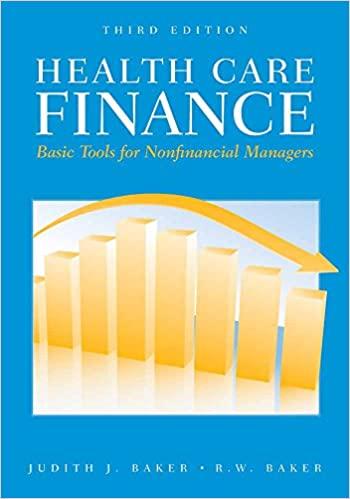Answered step by step
Verified Expert Solution
Question
1 Approved Answer
It is now January 1 , 2 0 1 9 , and you are considering the purchase of an outstanding bond that was issued on
It is now January and you are considering the purchase of an outstanding bond that was issued on January It has a annual coupon and
had a year original maturity. It matures on December There is years of call protection until December after which time it can be
called at that is at of par, or $ Interest rates have declined since it was issued, and it is now selling at of par, or $
a What is the yield to maturity? Do not round intermediate calculations. Round your answer to two decimal places.
What is the yield to call? Do not round intermediate calculations. Round your answer to two decimal places.
b If you bought this bond, which return would you actually earn?
I. Investors would not expect the bonds to be called and to earn the YTM because the YTM is less than the YTC
II Investors would expect the bonds to be called and to earn the YTC because the YTC is less than the YTM
III. Investors would expect the bonds to be called and to earn the YTC because the YTC is greater than the YTM
IV Investors would not expect the bonds to be called and to earn the YTM because the YTM is greater than the YTC
c Suppose the bond had been selling at a discount rather than a premium. Would the yield to maturity have been the most likely return, or would the yield to
call have been most likely?
I. Investors would expect the bonds to be called and to earn the YTC because the YTC is less than the YTM
II Investors would not expect the bonds to be called and to earn the YTM because the YTM is greater than the YTC
III. Investors would not expect the bonds to be called and to earn the YTM because the YTM is less than the YTC
IV Investors would expect the bonds to be called and to earn the YTC because the YTC is greater than the YTM
Lourdes Corporation's coupon rate, semiannual payment, $ par value bonds, which mature in years, are callable years from today at $
They sell at a price of $ and the yield curve is flat. Assume that interest rates are expected to remain at their current level.
a What is the best estimate of these bonds' remaining life? Round your answer to the nearest whole number.
years
b If Lourdes plans to raise additional capital and wants to use debt financing, what coupon rate would it have to set in order to issue new bonds at par?
I. Since Lourdes wishes to issue new bonds at par value, the coupon rate should be set the same as that on the existing bonds.
II Since Lourdes wishes to issue new bonds at par value, the coupon rate should be set the same as the current yield on the existing bonds.
III. Since interest rates have risen since the bond was first issued, the coupon rate should be set at a rate above the current coupon rate.
IV Since the bonds are selling at a premium, the coupon rate should be set at the going rate, which is the YTC
V Since the bonds are selling at a premium, the coupon rate should be set at the going rate, which is the YTM
A semiannual coupon bond matures in years. The bond has a face value of $ and a current yield of What are the bond's price and YTM
Hint: Refer to Footnote for the definition of the current yield and to Table Do not round intermediate calculations. Round your answer for the bond's price
to the nearest cent and for YTM to two decimal places.
Bond's price: $
YTM:

Step by Step Solution
There are 3 Steps involved in it
Step: 1

Get Instant Access to Expert-Tailored Solutions
See step-by-step solutions with expert insights and AI powered tools for academic success
Step: 2

Step: 3

Ace Your Homework with AI
Get the answers you need in no time with our AI-driven, step-by-step assistance
Get Started


